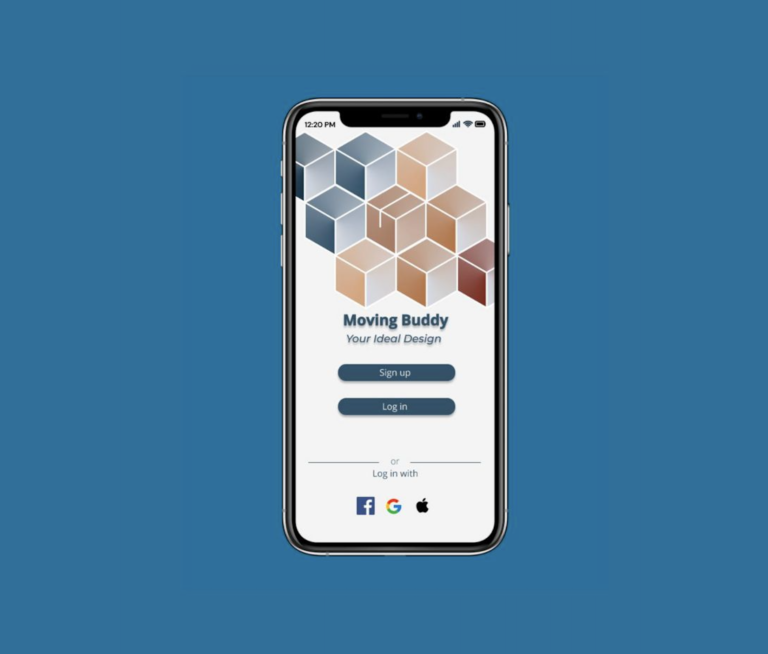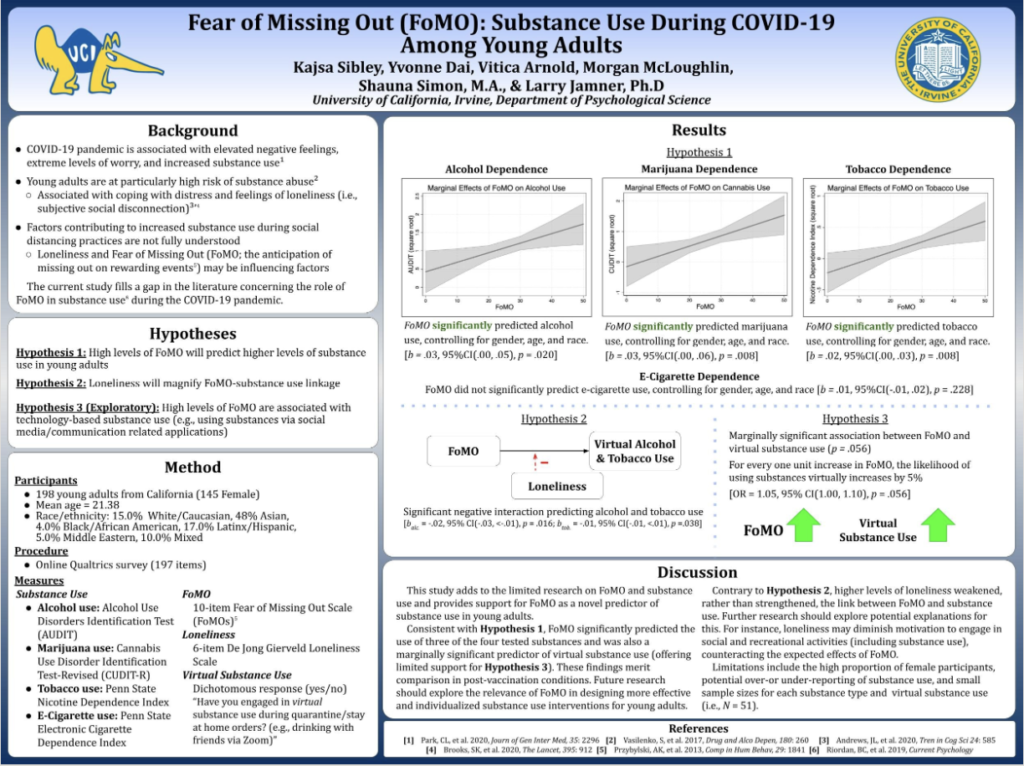Featured Projects
Towards a Multimodal Approach for Assessing ADHD Hyperactivity Behaviors
This research explored how technology can improve the way Attention Deficit Hyperactivity Disorder (ADHD) is assessed. Traditional ADHD evaluations often take place in small, controlled environments, which may not fully capture a child’s natural behaviors. This study examined how sensor-based technology, like motion tracking and audio analysis, could help collect more accurate behavioral data in real-world settings. By combining technology with expert human decision-making, the research aimed to improve ADHD assessments and provide better insights into children’s attention and activity levels.
As a researcher, I conducted a comprehensive literature review and analysis, mapping ADHD assessment criteria to potential sensor technologies such as motion tracking and audio analysis. This research let to design sessions where we developed user personas and scenarios to envision practical applications of AmI in clinical and real-world environments. By leveraging interdisciplinary methods, I translated complex behavioral assessment challenges into actionable design solutions, contributing to the advancement of ADHD diagnostic practices.
California: The Opiod Epidemic during Covid-19 Pandemic
This research project examined the opioid epidemic’s evolution during the COVID-19 pandemic from 2020 to 2022. It investigated how social factors, such as hospital availability and unemployment rates, potentially influenced opioid-related mortality. The study also assessed the pandemic’s impact on this pre-existing crisis, analyzing trends and correlations to provide insights into this multifaceted public health challenge. By exploring the interplay between the opioid epidemic and the global pandemic, the research aimed to deepen our understanding of these concurrent crises and inform future policy responses.
As a Data Analyst, I developed a comprehensive data pipeline using Python, SQL, and libraries such as Pandas, Matplotlib, NumPy, and statsmodels. This pipeline facilitated the creation of an interactive Tableau dashboard, a Datafolio, and a conference presentation. Leveraging various data analysis and visualization techniques, I examined the relationship between opioid use and hospital availability, presenting complex findings in accessible formats for diverse audiences.
The relationship between Emotional Regulation, Heart Rate Variability, & Substance use
This research project investigates the relationship between emotional regulation, heart rate variability, and cannabis use among young adults and community members. Specifically, we examine whether higher emotional regulation scores are associated with changes in heart rate variability and if this relationship is moderated by cannabis use. Results found that increased emotional regulation correlated with decreased change in heart rate variability, but this relationship was not moderated by cannabis use. Essentially, the results suggests that improving emotional regulation can benefit heart health, regardless of cannabis use.
We used a mixed-methods approach combining physiological measurements and survey methodology, recruiting participants from the surrounding community. The study protocol included EKG monitoring for heart rate variability analysis, administration of the Connor’s scale for emotional regulation assessment, and use of the Trier social stress test. We used regression statistical analysis to examine the relationships between variables. By exploring these connections, we contribute valuable insights into the understanding of stress responses, emotional regulation, and substance use, which could inform future interventions and health initiatives targeting young adults.
Moving Buddy: Your Ideal Design

As a product designer, I spearheaded the prototype design of Moving Buddy, an innovative mobile app created to streamline living space reorganization. Leveraging advanced imaging technology, the app captures and measures rooms and furniture, generating a digital 3D environment for users to experiment with various layouts and themes. Moving Buddy aims to reduce the effort required in room reorganization, offer diverse style options, provide a virtual space for remote planning, and maintain an easily accessible furniture inventory. This solution addresses the growing demand for personalized living spaces, particularly targeting young adults aged 18-35, with a focus on college students transitioning from dorm life.
FoMo & Virtual facilitation of Substance Use during Covid-19
This research project investigates the relationship between the Fear of Missing Out (FoMO) and substance use among young adults during the COVID-19 pandemic. Specifically, we examine whether higher FoMO scores are associated with more frequent substance use and an increased likelihood of engaging in substance use via peer-to-peer technologies during a time of widespread social isolation and stress. Results found that FoMO scores significantly increased the use of Cannabis, Tobacco, and Alcohol use via virtual peer-to-peer technologies.
We used an online survey methodology and linear regression analysis to predict the strength and direction of FoMO’s influence on various substance use behaviors, recruiting participants from within the University. The survey included measures of FoMO, COVID-19 exposure and impact, alcohol use, nicotine dependence, cannabis use, and questions about social context and technology use related to substance use. By exploring these relationships, we provide crucial information about the p3otential long-term effects of social isolation on young adults’ likelihood of developing substance use disorders and to inform future online substance use intervention efforts.

